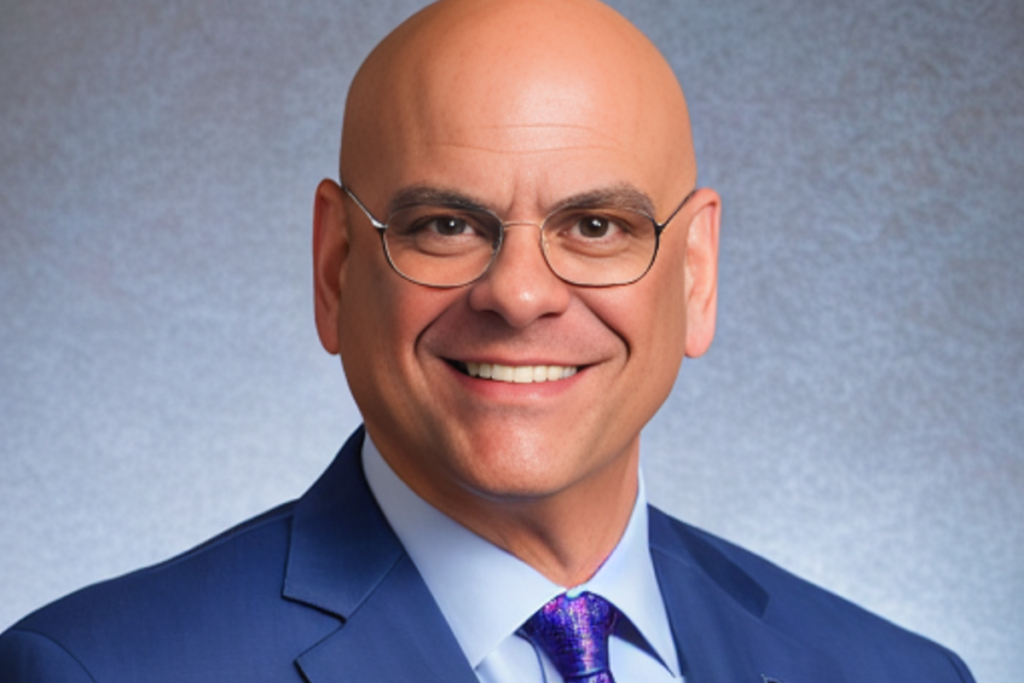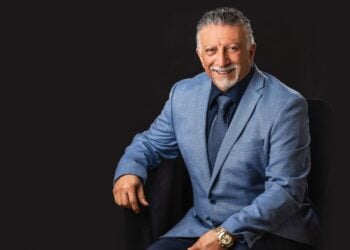Attorney at Law Magazine sat down with George Rodriguez of DA Forensics to discuss the path that led him to digital forensics and the evolution of his career over the last 18 years.
AALM: How did your experiences lead you to pursue law enforcement and forensics in particular?
GR: Upon concluding a decade of honorable service in the U.S. Navy and attaining the rank of chief petty officer, I was determined to ensure my years of governmental experience would continue to serve a meaningful purpose. My spouse was employed with the U.S. Customs Service, providing me insight into the intricacies of law enforcement work. I decided to explore opportunities within governmental agencies.
As I embarked on my role as a special agent focusing on financial crimes, my burgeoning expertise in technology did not go unnoticed. The supervisor of the computer crimes unit offered to sponsor my education in computer forensics. Thus, I transitioned into what is now referred to as a digital forensics special agent, merging my passion for law enforcement with my aptitude for technology.
AALM: What do you enjoy most about digital forensics?
GR: The convergence of forensics and technology enables a unique approach to crime-solving that is effective and intellectually stimulating. The process of dissecting digital footprints to reconstruct criminal activities or to unearth concealed evidence is nothing short of exhilarating for me. It is this confluence of technology and justice that makes my role exceptionally rewarding.
AALM: Over your 18 years in digital forensics, how has it evolved the most?
GR: Over the past 18 years, the field of digital forensics has experienced substantial changes, notably in data complexity and encryption. What started as a focus on basic data sets like hard drives has expanded to include diverse data sources like cloud storage, social media, and Internet of Things (IoT) devices, all generated and transferred at an unprecedented pace. Analytical tools have evolved as well, incorporating machine learning algorithms for more efficient data analysis and real-time capabilities.
Encryption has presented escalating challenges, with the introduction of advanced algorithms and the widespread use of end-to-end encryption. New legal frameworks such as the General Data Protection Regulation (GDPR) and the California Consumer Privacy Act (CCPA) have added complexity, requiring adaptations in forensic methodologies to ensure compliance. To address encrypted data, we employ a mix of legal instruments for ethical decryption, specialized software tools, and collaboration with cybersecurity experts for innovative analytical approaches.
AALM: How has your experience in the U.S. Navy shaped your career?
GR: My experience in the U.S. Navy has been instrumental in shaping my career, particularly in instilling a strong sense of discipline, honing my skills in work and task management, and providing an in-depth understanding of governmental operations. The rigorous training and structured environment of the Navy cultivated a disciplined mindset, which has been invaluable in digital forensics and law enforcement. Moreover, my exposure to governmental structures and protocols offered a unique perspective that has been advantageous, especially in understanding the legal and regulatory frameworks that govern my field of work.
AALM: Tell us about some of the cases you’ve worked on in the past. Was there one that stood out more to you than others?
GR: I’ve been involved in a wide range of complex and high-stakes cases, each offering its own set of challenges and learning opportunities. These cases have spanned areas from cryptocurrency and internal affairs (Office of Professional Responsibility) to immigration crimes and child exploitation. One case that particularly stands out is the child sex tourism investigation involving U.S. citizen Kent Frank. In this case, I presented crucial forensic evidence that led to Frank’s conviction and a 40-year sentence, a milestone that was also highlighted in a BBC story currently available on Amazon Prime.
I was also instrumental in an investigation that led to the seizure of substantial funds acquired through illicit means, thereby striking a significant blow to the financial networks that support criminal enterprises. The success of this financial seizure disrupted criminal activities and demonstrated the real-world efficacy of digital forensics in tracing and immobilizing assets. These cases, among others, underscore the impact of digital forensics and serve as reminders of the gravity and importance of the work I undertake.
AALM: What led you to found DA Forensics?
GR: The impetus to establish DA Forensics came from recognizing a critical gap in the legal and investigative sectors for specialized expertise in digital forensics. Over the years, I observed that attorneys and investigators often faced challenges in identifying, collecting, and interpreting digital evidence in a complex technological landscape. They needed a partner who could navigate the intricate web of digital data and present it in a manner that was understandable and legally defensible.
Therefore, I founded DA Forensics with the mission to serve as that bridge between the digital realm and the legal world. Our firm aids attorneys and investigators in uncovering and analyzing digital evidence, enabling them to build stronger cases and achieve better outcomes. DA Forensics has become a pivotal ally in solving cases and delivering justice.
AALM: How are you involved in the community?
GR: I am deeply committed to giving back to the community, particularly in the realm of professional development and education within the investigative field. As the regional director for the Texas Association of Licensed Investigators (TALI), I take an active role in enhancing the skills of investigators. I host monthly meetings where I provide training on investigative techniques, specifically focusing on the application of technology in modern investigations.
Additionally, I have broadened the scope of training by recruiting attorneys and other seasoned investigators to share their expertise. These sessions include ethics training as well as specialized instruction on financial crimes and murder investigations delivered by members of TALI. My passion lies in elevating the standards of investigative practice, and I find it rewarding to contribute to the skillset and ethical grounding of professionals in the field.
AALM: Tell us about your interests outside the office.
GR: I cherish spending quality time with my family. I take great joy in attending my grandchildren’s events. My youngest son is a musician, and I relish the opportunity to support him by attending his musical performances. Beyond family activities, I have a penchant for the arts and fine dining. I enjoy going to movies, watching plays, and indulging in fancy dinners, each offering its own unique form of relaxation and enrichment.








